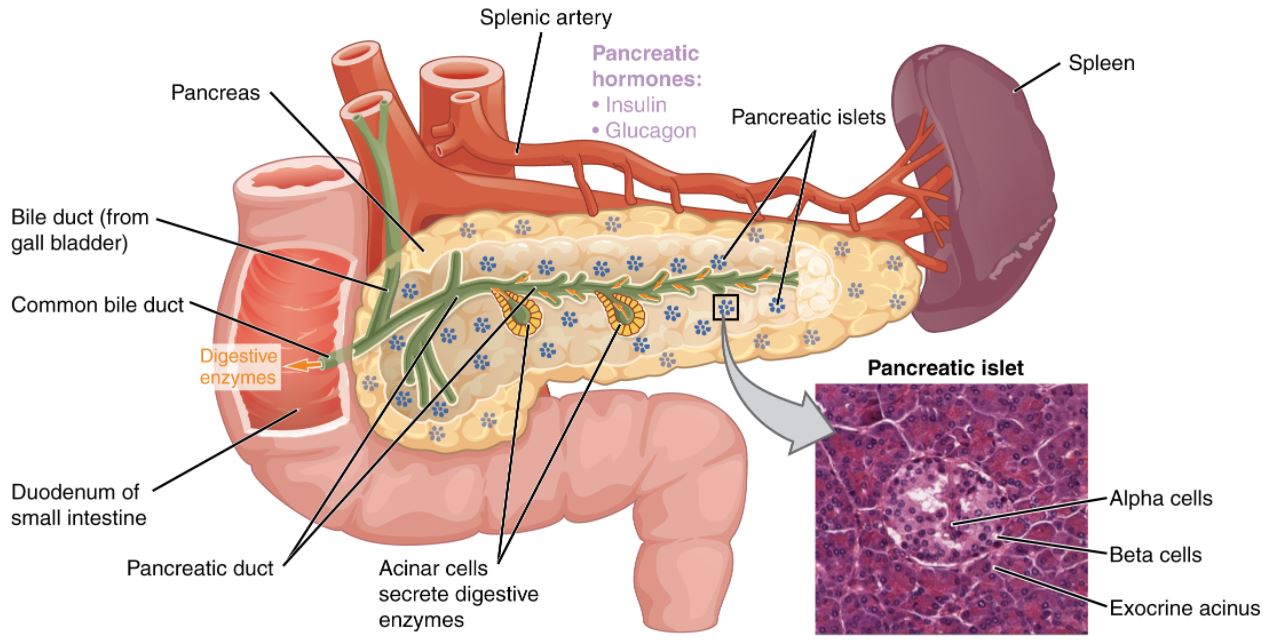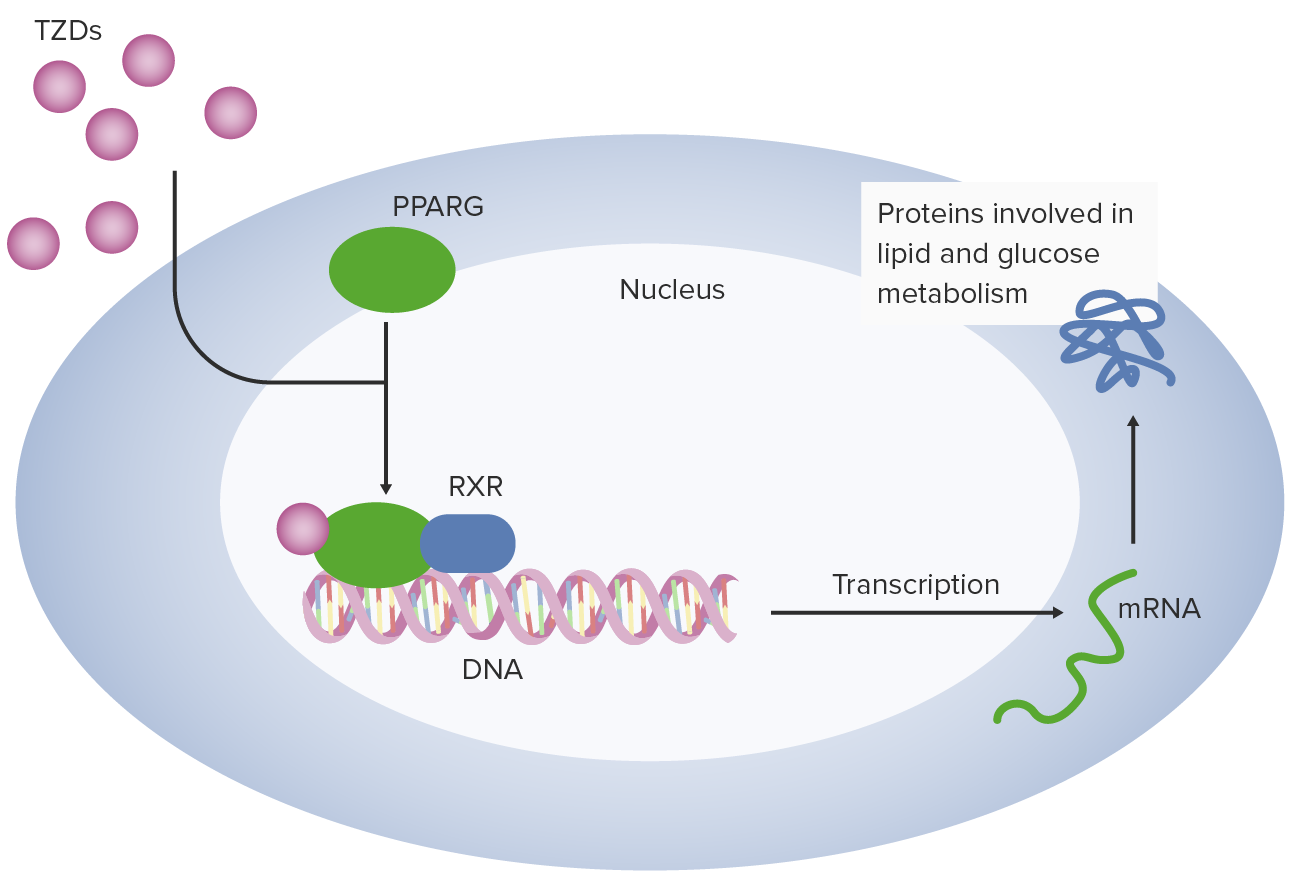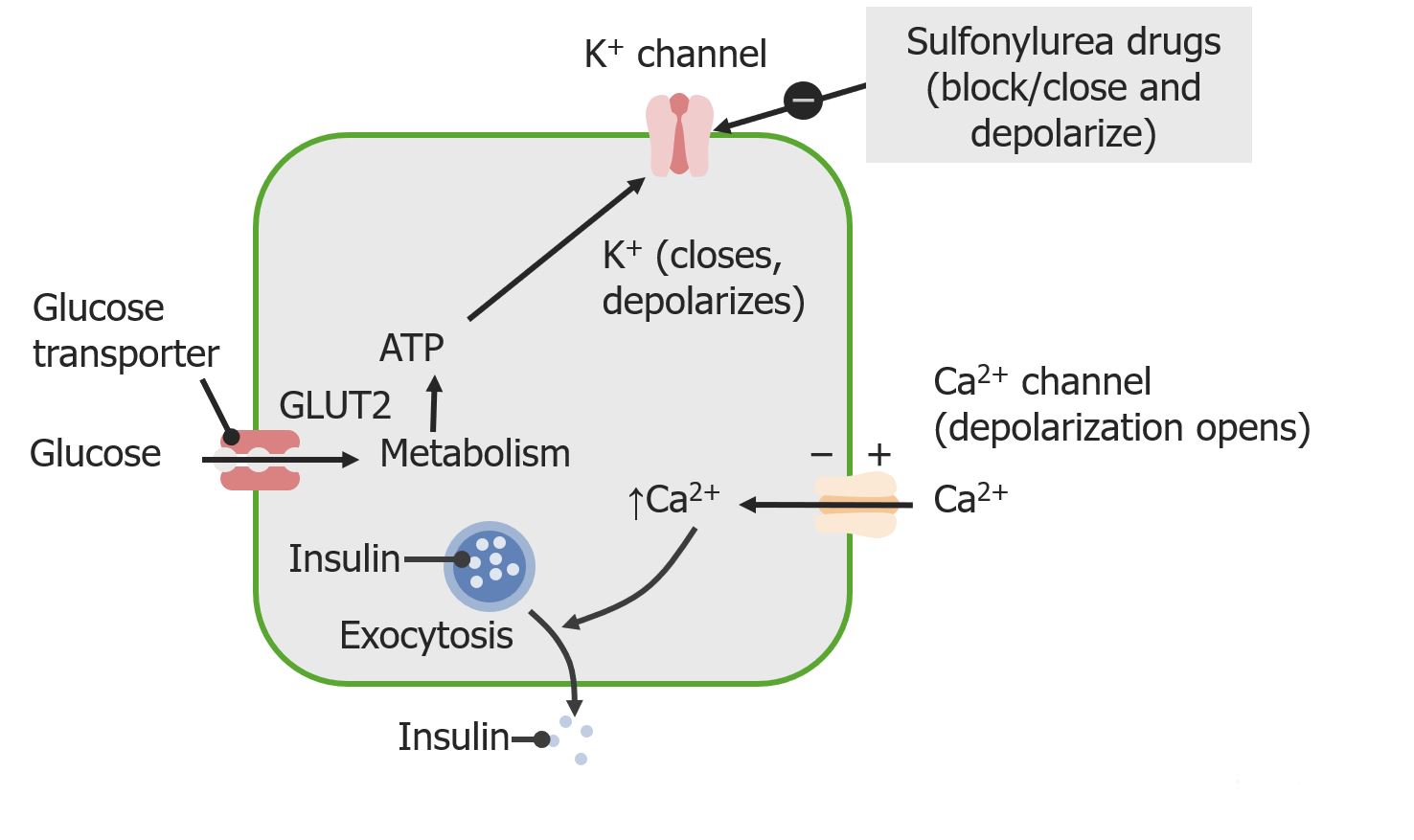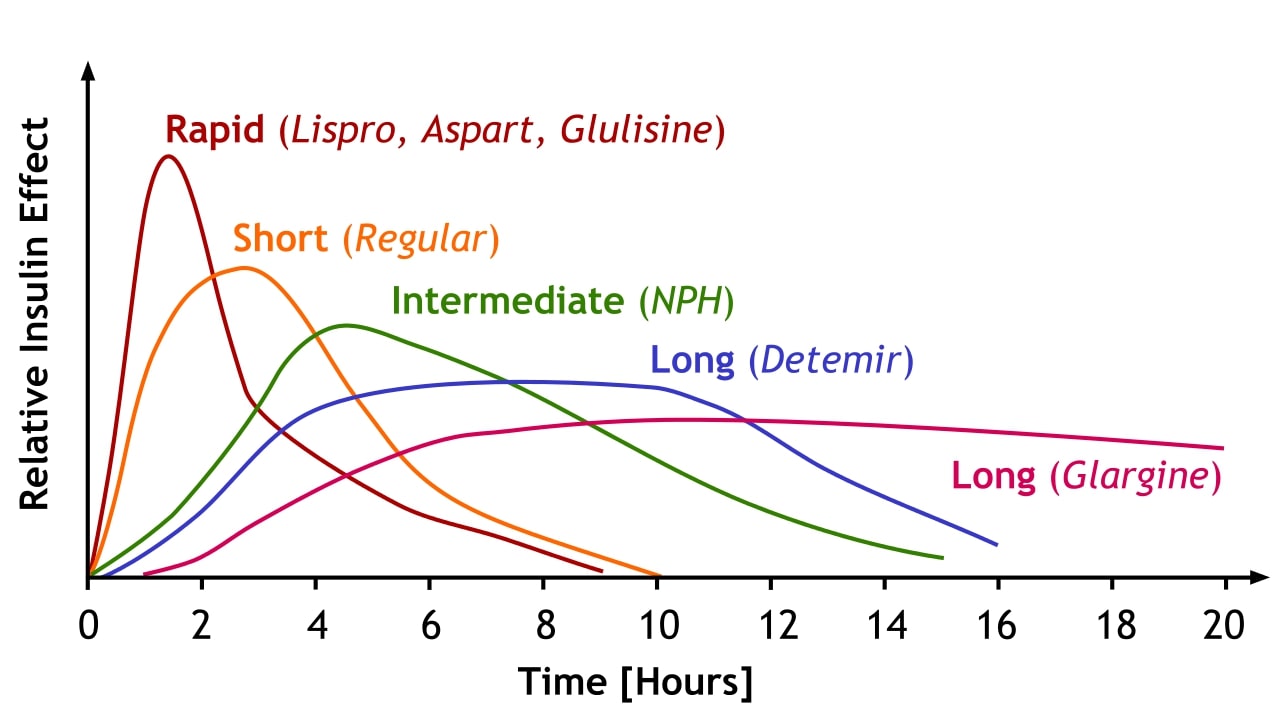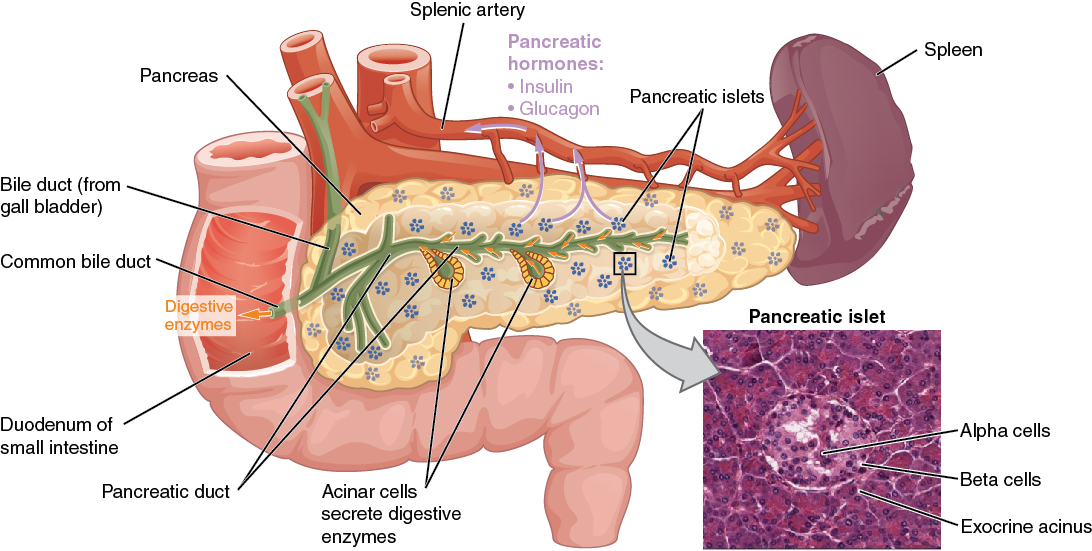Playlist
Show Playlist
Hide Playlist
Type 1 Diabetes (Juvenile Diabetes): Basics
-
Slides Type1Diabetes Pediatrics.pdf
-
Download Lecture Overview
00:01 In this lecture we're going to discuss, Insulin Dependent Diabetes Mellitus Type 1 or Type 1 Diabetes. 00:08 So type 1 diabetes is a metabolic disorder of hyperglycemia and ketosis. 00:17 It results from a deficiency of insulin production in the pancreas. 00:22 It's the most common age of presentation for patients with type 1 diabetes is around 5 to 7 years of age. 00:30 And then also, patients can present in adolescence. 00:34 And the rate of type 1 diabetes in the developing world is much less than it is in a developed world. 00:43 And in the United States, the risk is on the rise. 00:47 This is much like other autoimmune disease. So let's go through the pathophysiology of type 1 diabetes. 00:55 It's both a environmental and a hereditary condition. 01:01 Identical twins, for example, only have a 50% chance of developing diabetes type 1 if the sibling has it. 01:10 Likewise, if two siblings were not identical have it there's about a 10% risk for the second child to have the disease. 01:18 And if a parent has the disease, there's around to 3 to 5% chance. 01:23 So it's not really following any one easy genetic inheritance pattern and there, it does seem to be something about the environment as well. 01:32 So this figure here on the slide encapsulates in a sense what's going on. 01:37 From the start of life, the first thing that's really responsible is genetic configuration of the patient at the individual. 01:45 If they have those genes and there's certain HLA types for example which put people at increased risk for diabetes, they're going to be at increased risk. 01:55 Then some sort of environmental phenomenon happens which predisposes them to developing the disease. 02:03 Then they have a trigger, this could be a viral infection or something going on with them. 02:09 They could have some problem or something in their diet, for example, that predisposes them to developing an autoimmune response towards the islet cell of their pancreas. 02:21 That's where that little green cross is. 02:23 At that time the number of pancreatic cells which is started at the hundred percent starts to decline. 02:31 Once 80% of the pancreatic islet cells are gone, that patient is going to start developing the symptoms of diabetes. 02:39 The lower squiggly line is this patient's glucose over time. 02:43 Obviously, there's a little bit of daily fluctuation-but then as that pancreatic cells start to disappear, there's less insulin handling this patient's glucose and the glucose starts to rise. 02:57 Once it rises to the point where they're having symptoms, they're gonna present with diabetes. 03:03 So let's go through this more carefully and in detail in terms of how we manage patients with diabetes.
About the Lecture
The lecture Type 1 Diabetes (Juvenile Diabetes): Basics by Brian Alverson, MD is from the course Pediatric Endocrinology.
Included Quiz Questions
What is the most common age of presentation of type 1 diabetes mellitus?
- 5 - 7 years
- 8 - 12 years
- 20 - 25 years
- 21 - 29 years
- 30 - 40 years
What is NOT a risk factor for type 1 diabetes mellitus?
- Exposure to ionizing radiation
- Genes
- Environmental exposure
- Dietary problem
Customer reviews
5,0 of 5 stars
| 5 Stars |
|
5 |
| 4 Stars |
|
0 |
| 3 Stars |
|
0 |
| 2 Stars |
|
0 |
| 1 Star |
|
0 |

